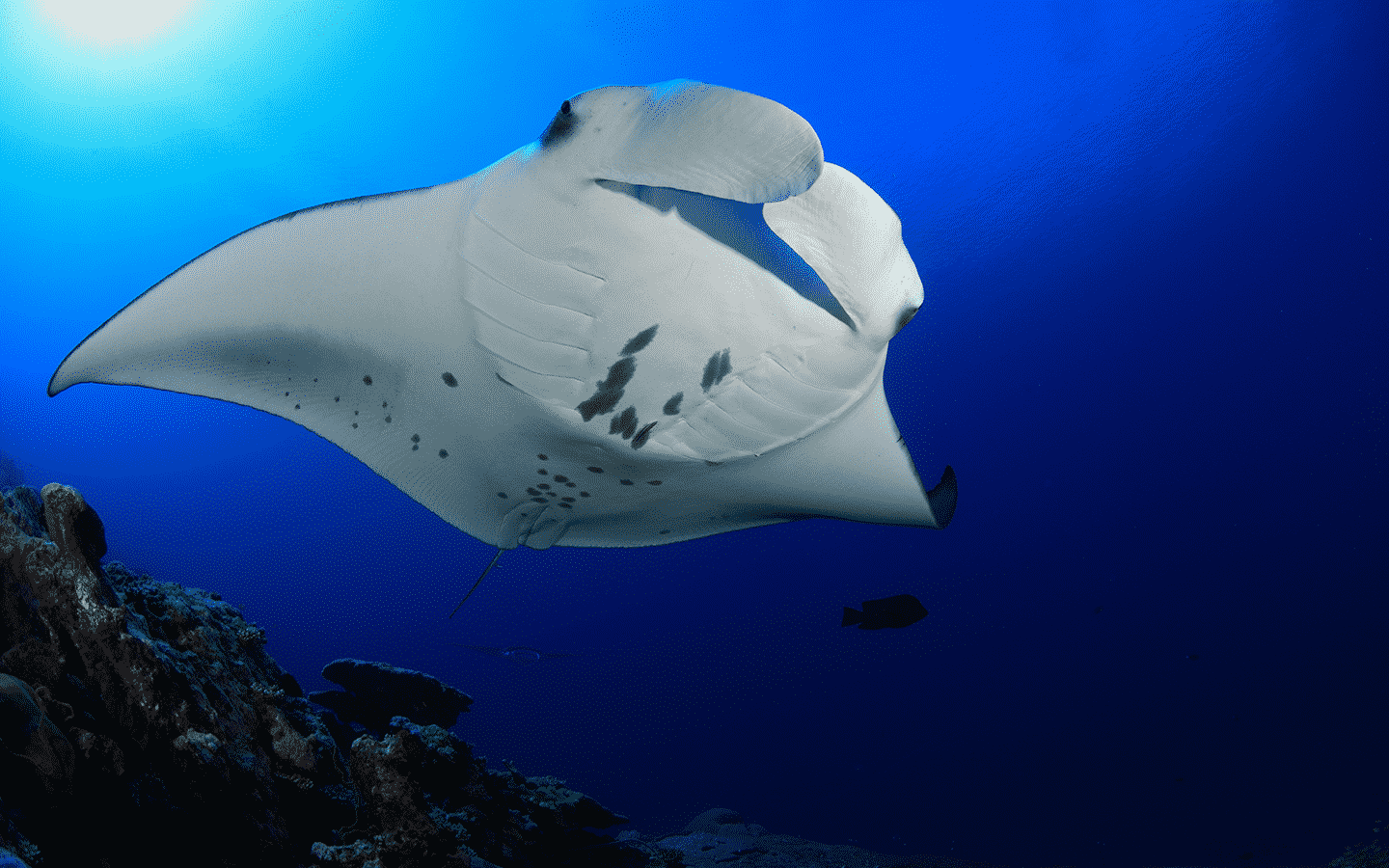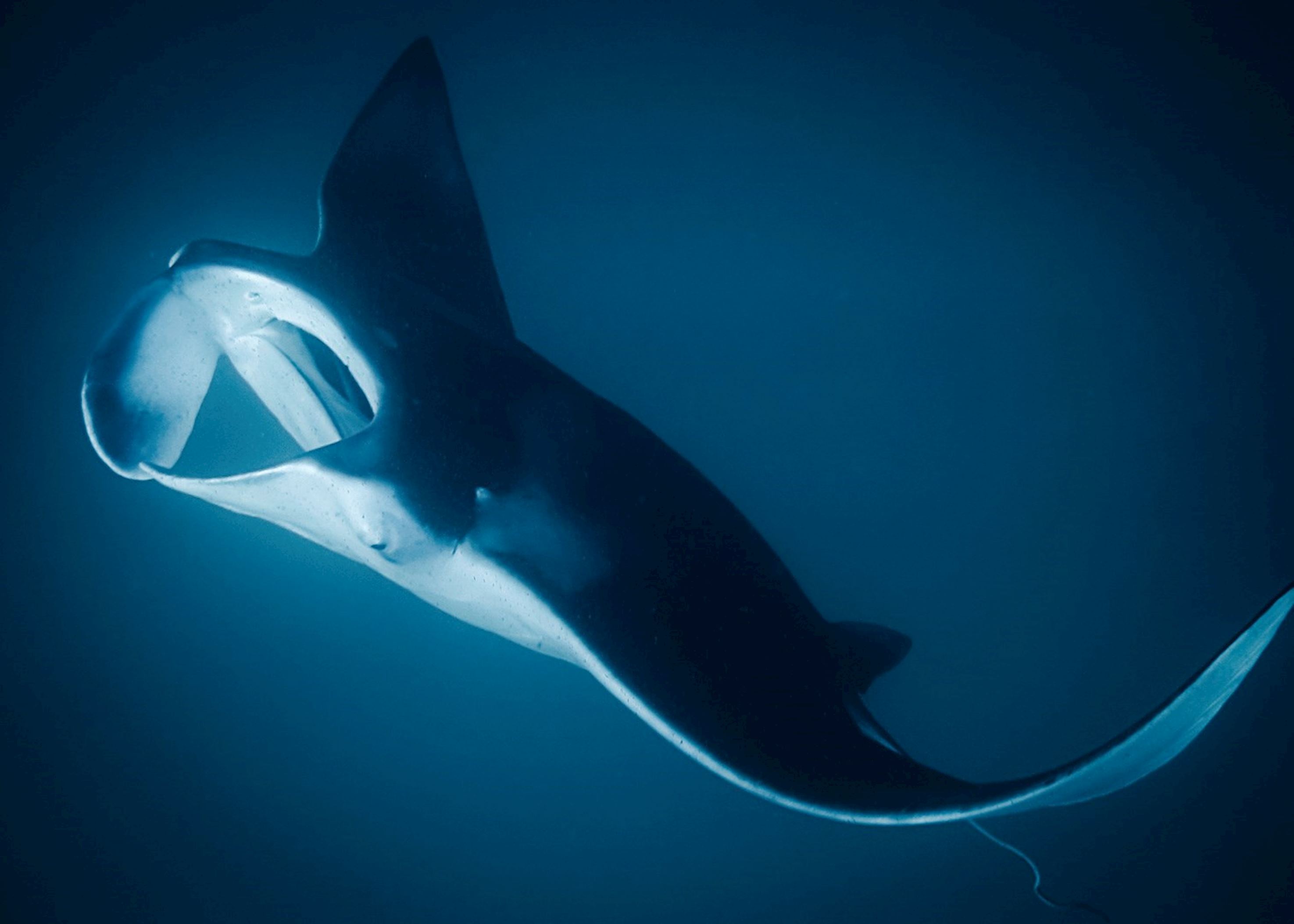

Divers wear small white LED tank lights for safety.


The dive lasts between around 45 minutes. The Manta Rays gracefully swim with their mouths wide open, letting the plankton fill their bellies. We'll make sure you're well taken care of and your divemaster will brief you on the boat regarding entry, dive profile, and exit. Ao the boats and divers use large bright lights to attract the Manta Rays to the dive/snorkel location. On Oahu and Kauai, you’ll find even fewer chance encounters. On Maui, you might have the chance to see a manta ray while snorkeling Molokini or Olowalu, though this is very rare. If this is your first night dive, awesome! The manta ray night dive is a super-easy night dive and perfect for your first. Technically, you can see manta rays on any Hawaiian island, though if you are diving on Oahu or Maui, seeing a manta ray comes down to luck. The manta dive works so well because we’ve learned to interact with these animals in a responsible, safe way. We can’t touch the animals! They have a protective mucus coating their bodies and human touch interferes with this protective layer, causing lesions and sick mantas. It is very important that divers stay on the bottom and snorkers stay as flat as possible on the surface, leaving the water column to the mantas. It is the most famous dive in the Hawaiian Islands. The rays somersault above divers & below snorkelers until the last boats head back to harbor & the lights go out. Diving and Snorkeling with the Manta Rays of Kona could possibly be the highlight of your vacation. Snorkelers have a very similar experience about 30’ above hanging on a floating raft with bright lights. Divers drop to the bottom and sit around the “fire” and wait for plankton & mantas. Our divemasters place a crate of dive lights on the sandy bottom that we refer to as the “campfire”. During a 2-tank manta ray night dive trip (our most popular manta ray charter), youll do your first dive (or snorkel) during the late afternoon before sunset. We arrive at the manta site just before sunset, and spend time briefing about the animals and the dive while enjoying sunset.


 0 kommentar(er)
0 kommentar(er)
